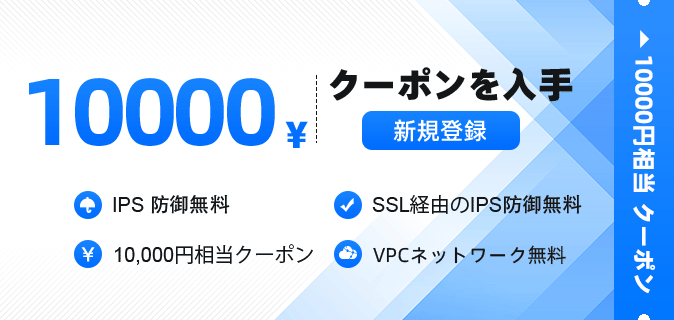アンドロイドのRelativeLayoutのセットアップ方法は何ですか?
AndroidのRelativeLayoutを構成するためには、以下の手順を使用できます:
- XMLレイアウトファイルでRelativeLayoutを定義する:
<RelativeLayout
xmlns:android="http://schemas.android.com/apk/res/android"
android:layout_width="match_parent"
android:layout_height="match_parent">
<!-- 添加子视图 -->
</RelativeLayout>
- RelativeLayoutに子Viewを追加する際に、それらの位置や関係を設定するために次の属性を使用できます。
- android:layout_alignParentTop: 親のレイアウトの上部にビューを配置します。
- Android: 要素を親レイアウトの底部に整列させます。
- android:layout_alignParentLeft:親レイアウトの左側とビューを揃えます。
- android:layout_alignParentRight:ビューを親レイアウトの右端に配置します。
- android:layout_centerHorizontal:ビューを水平方向に中央揃えします。
- android:layout_centerVertical:ビューを垂直中央に配置します。
- android:layout_toLeftOf:指定のビューの左側にビューを配置します。
- android:layout_toRightOf:指定されたビューの右側にビューを配置します。
- android:layout_below:指定のビューの下にビューを配置します。
- android:layout_above:指定のビューの上にビューを配置します。
例えば、次は2つのTextViewビューを含むRelativeLayoutの例です。
<RelativeLayout
xmlns:android="http://schemas.android.com/apk/res/android"
android:layout_width="match_parent"
android:layout_height="match_parent">
<TextView
android:id="@+id/textView1"
android:layout_width="wrap_content"
android:layout_height="wrap_content"
android:text="TextView 1"
android:layout_alignParentTop="true"
android:layout_alignParentLeft="true" />
<TextView
android:id="@+id/textView2"
android:layout_width="wrap_content"
android:layout_height="wrap_content"
android:text="TextView 2"
android:layout_below="@+id/textView1"
android:layout_alignParentRight="true" />
</RelativeLayout>
この例では、最初のはの上端および左端に合わせられ、2番目のは最初のの下に配置され、の右端に合わせられます。
これはRelativeLayoutの基本的な設定方法であり、必要に応じてサブビューの位置関係をさらに調整および組織化できます。

